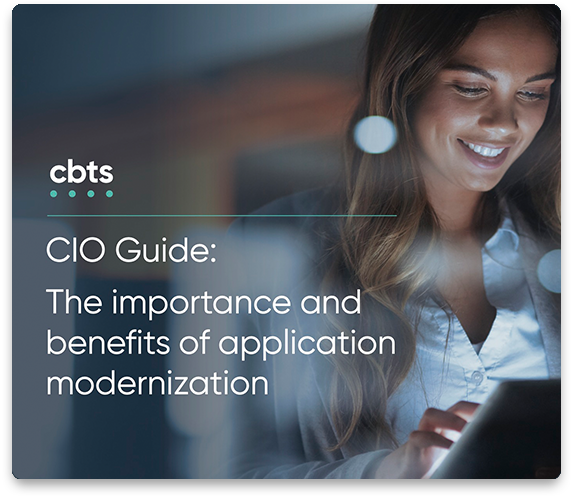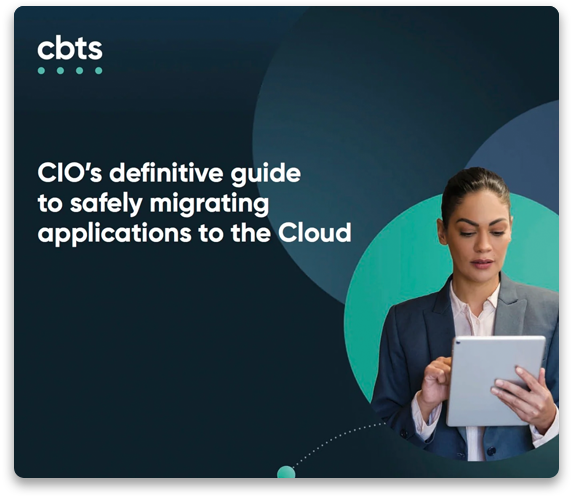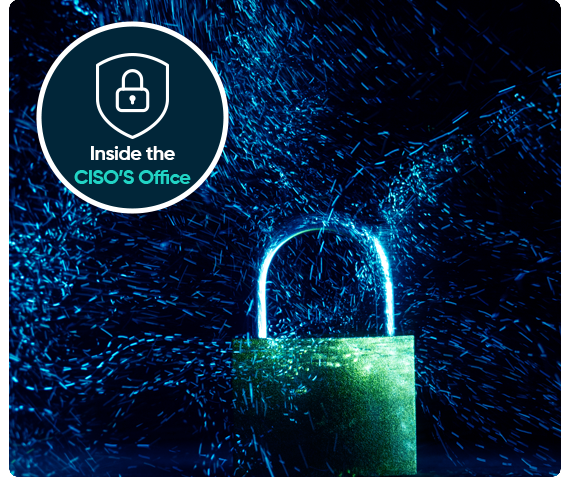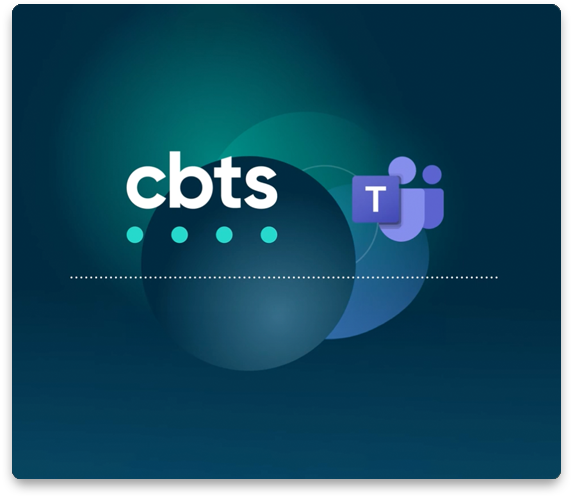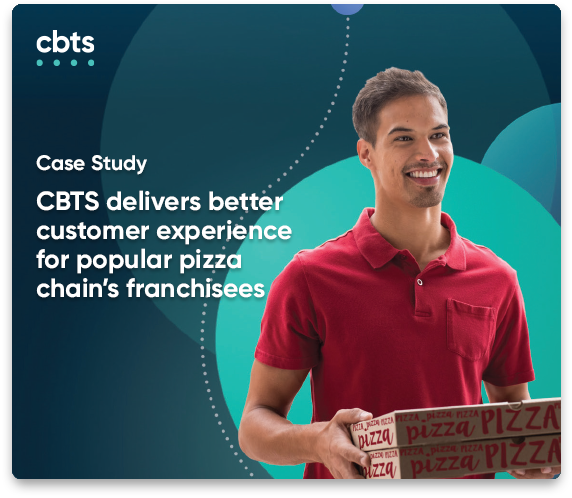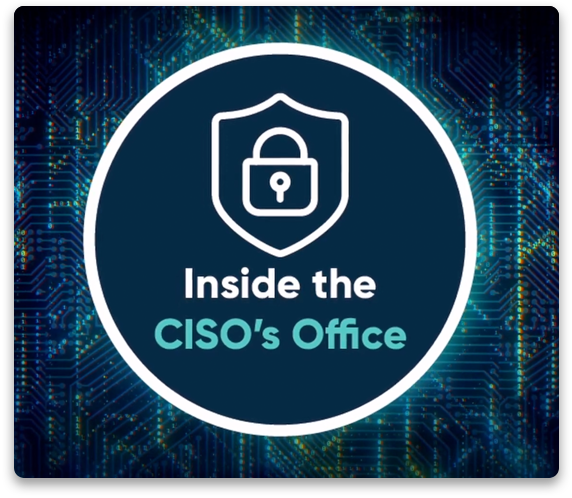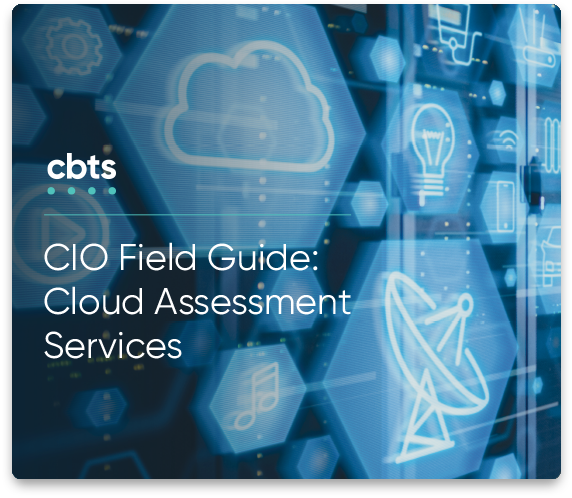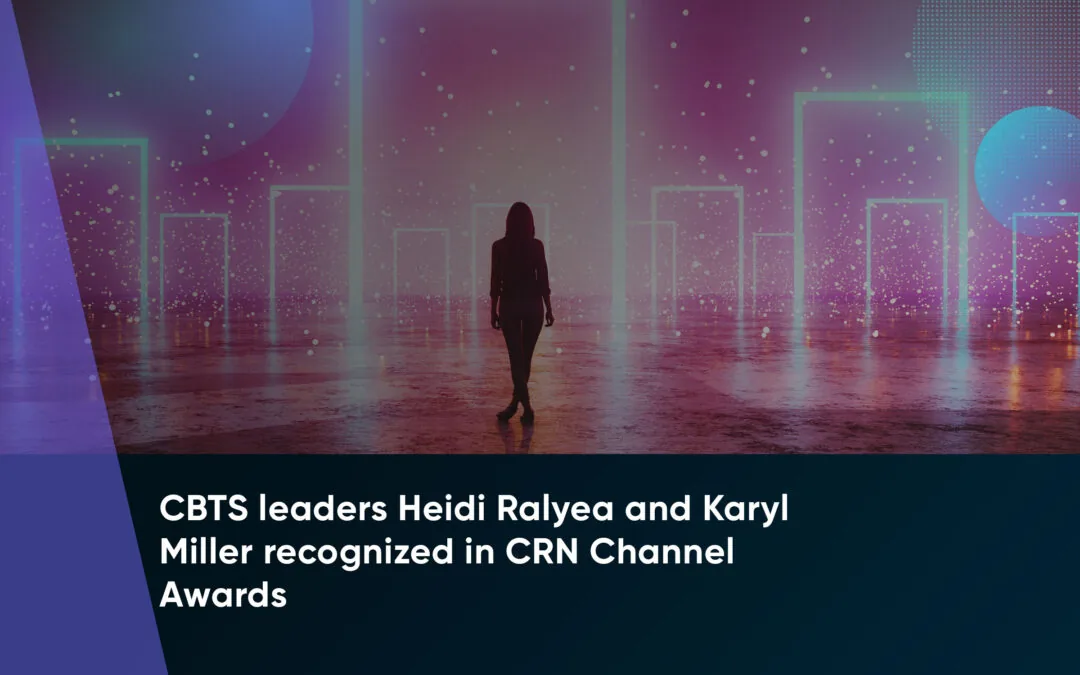
Organizations depending on legacy applications are exposed to increasing security threats.
Legacy applications often lack the security safeguards of their cloud counterparts. Interestingly, in some fields, these potentially risky legacy systems are why some organizations struggle to upgrade. According to a joint report from Capita and Citrix, over 50% of CIOs believe legacy apps are holding up digital transformation efforts. In many industries like healthcare or manufacturing, dependencies on legacy applications and infrastructure create nightmares for security teams. In these fields, downtime to upgrade systems is untenable. Additionally, specialized equipment, such as MRI equipment, may rely on end-of-life (EOL) workstations that run on unsupported OS, leading to un-patchable backdoors in an organization’s network.
Despite these challenges, organizations that refuse to modernize face substantial risks. In 2022 alone, more than 25,000 common vulnerabilities and exposures (CVEs) were discovered, the highest yearly number of exploits discovered to date. In the first quarter of 2023, almost 7,500 vulnerabilities were found by users and white hat agencies—a number that could exceed the record from 2022.
Lack of visibility, actively exploited security vulnerabilities, and incompatibility with cloud-based security tools are some of the obstacles to securing legacy applications.
Also read: Focusing on security in digital transformation
Common problems with legacy systems
1. Incompatible with new security features
Over time, the number of known vulnerabilities in any application tends to grow. Cybercriminals often subscribe to the same security blogs and databases that cybersecurity professionals read. In other words, the older an application, the more its known vulnerabilities will circulate among hackers.
Compounding this issue is the fact that legacy applications and infrastructure are often non-interoperable with the latest security features designed to combat evolving threats. Security features such as multi-factor authentication, zero trust policies, role-based access, and the modern encryption algorithms will function minimally or not at all, depending on the age of the legacy system.
In comparison, cloud application security tools simplify the process of security management—
especially in a distributed workforce—by improving end-user access, visibility by the security team, control, and access to next-gen anti-malware solutions.
2. Dependent on outdated infrastructure
At some point, updates to legacy applications are discontinued, meaning they must run on outdated operating systems or aging hardware. Like legacy applications, obsolete infrastructure is subject to security gaps that were filled by updated operating systems or newer hardware. This issue is compounded when developers stop supporting legacy systems and end security patches.
Additionally, custom-made legacy software presents its own issues. These applications may be riddled with “spaghetti code,” i.e., code that is difficult to untangle, update, or secure. In this situation, organizations might be forced to re-write and modernize the application or migrate to a comparable system that also requires migrating to new infrastructure to support it. However, with these upgrades and these investments in the future you can see that the costs are well worth the peace of mind. By investing in modern and supported software and hardware, your company will save money in the long run.
3. Lack of visibility
Another common scenario is that a legacy application might be forgotten, or it stops being useful to employees. IT teams may not even be aware that the app is there. Regardless, the vulnerabilities of these apps are still accessible to hackers. And without next-gen monitoring tools, the security team may not be aware of a breach until it’s too late to mitigate damage.
4. Risk of exposure
Exploits for legacy applications tend to increase over time as attackers learn how to attack these old systems and legacy software. Additionally, business restructuring from mergers and acquisitions (M&A) can generate orphaned systems that no one monitors anymore. For example, when FedEx bought the company Bongo, it was unaware that Bongo had an unsecured legacy storage server. A white hat group discovered a vulnerability that could have exposed over 100,000 sensitive customer documents.
5. Risk of falling out of compliance
Data compliance guidelines grow stricter as dependency on cloud storage increases due to the increased attack surface. Moreover, privacy regulations like GDPR, CCPA, and HIPAA can impose heavy fines on organizations that fail to secure their customers data. A prominent example is how Equifax was fined $750 million for a data breach that exposed nearly 150 million users’ personally identifiable information (PII).
Legacy applications often fail to maintain compliance because the applications can’t meet current regulatory controls.
6. Lack of support
As time passes, the number of IT professionals trained to manage a particular application or operating system diminishes. Eventually, even the developer ends support of a legacy application, OS, or system. This means no more security patches, firmware updates, or bug fixes from the developer. Prominent software companies like Microsoft occasionally provide extended end-of-life support for critical legacy OS or applications for a subscription fee. But even this service eventually ends.
7. Loss of competitive advantages
Speed and agility are two of the most essential factors in ensuring that a business remains competitive. Reliance on aging infrastructure is not conducive to either. Organizations focused on repairing and maintaining IT systems cannot focus on achieving business vision or innovation.
Securing legacy IT systems
According to the Cybersecurity and Infrastructure Security Agency (CISA), the number one bad security practice is “using unsupported software for critical infrastructure.” While there are piecemeal security solutions for organizations forced to rely on legacy applications, modernizing them is the only real way to secure legacy IT applications and infrastructure entirely.
The experts at CBTS can help you assess options and execute a modernization plan. Our team has guided hundreds of clients on their digital transformation journeys. Secure, modern applications and infrastructure are the springboards our clients use to become more efficient, streamlined, and profitable. Speak with one of our project managers to learn how your team can utilize cloud infrastructure to speed up and secure your critical applications.
Get in touch today!

